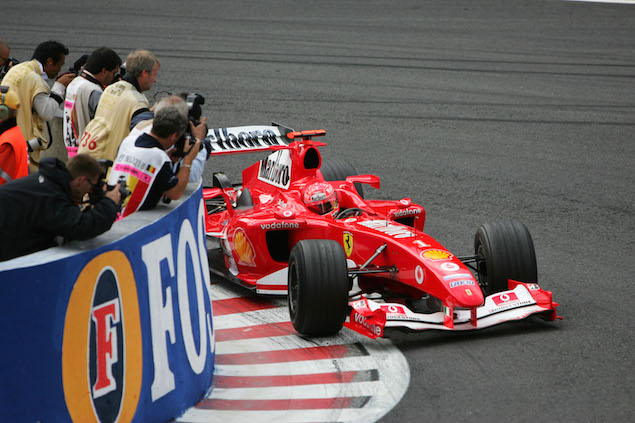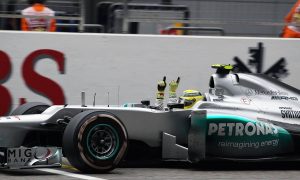
©F1i
WHAT COULD BE THE IMPACT OF FERRARI’S LETTER?
The FIA’s reply to Ferrari’s quest of information remains a technical directive: it underlines the technical delegate's opinion but does not make the system illegal per se. However, it could entice teams to lodge an appeal with the 2017 Australian Grand Prix stewards, who would then be likely to use Whiting’s response to base their opinion and ultimate ruling on.
All the teams concerned are now faced with two choices: either move forward with their current suspension design and run the risk of disqualification in Australia, or drop it and revert to a safer option, which seems to be Ferrari’s end goal. Indeed, it might seem naïve to think that the Scuderia does want to add the system on its 2017-spec challenger during the season if it is deemed legal.
This kind of strategy is not new in F1, as teams often seek clarity from the FIA with a specific agenda. But why would Whiting outlaw a design that was judged to be in compliance with the regulations last year? Did the race director have a change of mind in the light of the new information brought forward by Ferrari?
To qualify the impact of the Italian team’s letter and potential aftermath, one should remember that the banning of FRIC in July 2014 did not slow down Mercedes en route to its first championship double in the latest 1.6-litre V6 turbocharged era.
What’s more, it is not the first time that its suspension design has come under scrutiny, which suggests the German manufacturer has a contingency plan and more conventional system available should its hydraulic-only heave element be outlawed.
Mercedes’ dominance does not boil down to a silver bullet but is the combination of a series of well-mastered factors (power unit, aerodynamics, engine-chassis integration, tyre management, etc.).

©F1i & XPB Images
GALLERY: F1 drivers' wives and girlfriends
Keep up to date with all the F1 news via Facebook and Twitter






